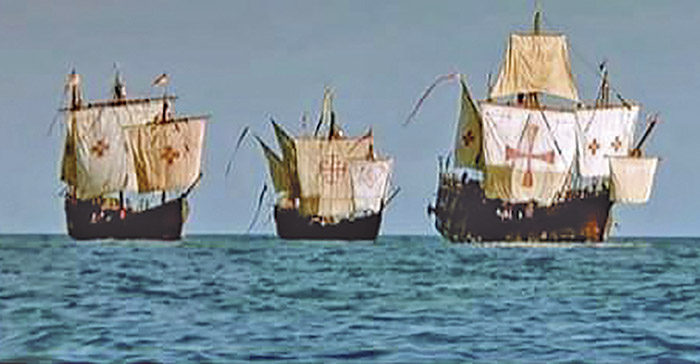A Journey in History…It is a brief chronicle of our ancestry in Florida on this Hispanic Heritage Month celebrations.
The city of St. Augustine’s 456th anniversary, the oldest city in the United States, in 2021 is a celebration of endurance, determination and sacrifice of generations of diverse peoples over four and a half centuries of existence of the nation’s oldest continuously occupied European settlement.
From the first citizen militia standing watch as the Founder Spanish Admiral, Don Pedro Menéndez de Avilés marched his troops 40 miles north in a hurricane to capture a French foothold in September 1565 to today’s 456th military commemoration memorializing the city’s long military history, including the «Castillo de San Marcos National Monument» for learning about the the vital role of the military, as demonstrated by 456 years of continuous protection of the city, our state and our nation.
For most of the colonial period, St. Augustine was the only significant military station defending the northeastern frontier of the enormous Spanish Empire in America . Spain’s possessions in the New World included all of the southern section of the present-day United States, Mexico, Central America, the Main Caribbean Islands and four-fifths of South America and for sixty years (1580-1640) even that huge colony came under the control of the kings of Spain.
Between 1500 and 1640, Spain controlled in America, Asia, and Europe what many historians consider to be the largest and richest Empire the world has ever known. In North America, St. Augustine was established as a strategic sea and land base to obstruct foreign advances against the Spanish Empire in New Spain (Mexico) and the Caribbean Sea.
Spanish treasure fleets sailed homeward through the Florida peninsula, bearing billions in gold and silver bullions; later in the seventeenth and eighteenth centuries, Spanish ships sailed the Gulf Stream strait carrying a wealth of logwoods and food items not known in Europe before the voyages of Columbus. With so much Agricultural and mineral wealth in the New World, St. Augustine, situated at the northern point of the route followed by the king’s fleets to Europe, therefore became Spain’s frontier fortress in North America.














